“An American” (1775-1790)
Benjamin Franklin leaves London and returns to wartime Philadelphia where he joins Congress and helps Thomas Jefferson craft the Declaration of Independence. In Paris, he wins French support for the American Revolution then negotiates a peace treaty with Britain. He spends his last years in the new United States, working on the Constitution and unsuccessfully promoting the abolition of slavery.
Episodes
-

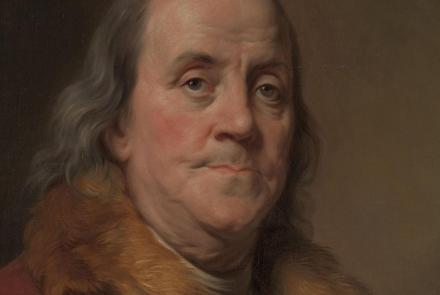
“An American” (1775-1790)
S1 E2 - 1h 54m
Benjamin Franklin leaves London and returns to wartime Philadelphia where he joins Congress and helps Thomas Jefferson craft the Declaration of Independence. In Paris, he wins French support for the American Revolution then negotiates a peace treaty with Britain. He spends his last years in the new United States, working on the Constitution and unsuccessfully promoting the abolition of slavery.
-

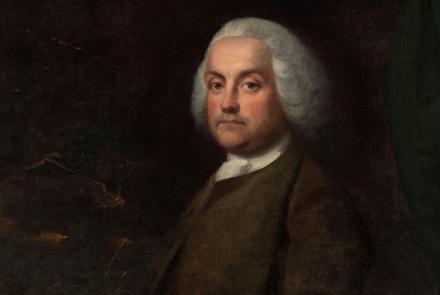
Spanish Version | “Join or Die” (1706-1774)
S1 E3 - 1h 55m
Leaving behind his Boston childhood, Benjamin Franklin reinvents himself in Philadelphia where he builds a printing empire and a new life with his wife, Deborah. Turning to science, Franklin's lightning rod and experiments in electricity earn him worldwide fame. After entering politics, he spends years in London trying to keep Britain and America together as his own family starts to come apart.
-

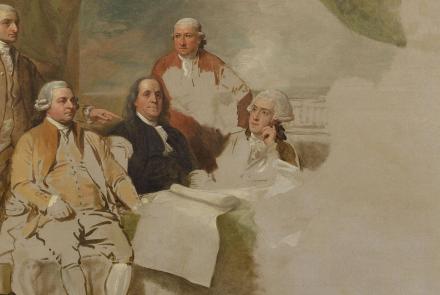
“Join or Die” (1706-1774)
S1 E1 - 1h 55m
Leaving behind his Boston childhood, Benjamin Franklin reinvents himself in Philadelphia where he builds a printing empire and a new life with his wife, Deborah. Turning to science, Franklin's lightning rod and experiments in electricity earn him worldwide fame. After entering politics, he spends years in London trying to keep Britain and America together as his own family starts to come apart.
Extras + Features
-

Franklin’s Observations and Experiments on Electricity
5m 31s
Franklin made groundbreaking discoveries in his study of electricity. He wrote up his observations and experiments, which were published abroad and made him world-famous. He coined new terms—like “positive,” “negative,” “charge,” “conductor” and “battery.” And he proved that lightning was electrical in nature with his famous experiment in 1752 with a kite and a key.
-

Compromise and the Constitution of the United States
6m 36s
As impasse threatened to derail the Constitutional Convention, Franklin worked to find common ground. In order to pass the proposed Constitution of the United States, the delegates agreed to several compromises—some tragic. On September 17, 1787, Franklin, who saw the new federal government as an experiment to be improved by successive generations, delivered a speech endorsing the Constitution.
-

Official Trailer
31s
Ken Burns’s four-hour documentary, Benjamin Franklin, explores the revolutionary life of one of the 18th century’s most consequential figures, whose work and words unlocked the mystery of electricity and helped create the United States.
-

Benjamin Franklin Invents the Glass Armonica
1m 55s
Franklin developed a musical instrument that he called the armonica (after the Italian word for harmony). To play the armonica, a musician powered a foot pedal to rotate 36 concentric glass bowls and produced notes by putting wet fingers to the spinning glass. In Austria, the glass armonica provided the music for a royal wedding. Mozart and Beethoven would compose chamber pieces for it.
-

An American Celebrity in France
4m 37s
In 1776, people in France had never heard of any American, except for Benjamin Franklin. Congress sent Franklin to Paris to win foreign support for the American Revolution, and the French people treated him like a celebrity when he arrived. But Franklin had serious business to attend to. Without aid from the French monarchy, America’s fight for independence might be lost quickly.
-

The Stamp Act
3m 46s
The recent war with France had expanded England’s empire, but left its treasury depleted. In the spring of 1765, the king’s ministers and Parliament came up with a new way to raise more money from the American colonies: The Stamp Act. Now, all legal documents, newspapers, books, almanacs—even decks of playing cards—would need official stamps, purchased from the government.
-

The Declaration of Independence
3m 17s
After reading Thomas Jefferson’s draft of the Declaration of Independence, Franklin offered only a few edits, but one of them was pivotal. In his draft, Jefferson’s most important sentence began, “We hold these truths to be sacred and undeniable, that all men are created equal…” Franklin crossed out “sacred and undeniable” and wrote in “self-evident.”
Schedule
WETA Passport
Stream tens of thousands of hours of your PBS and local favorites with WETA Passport whenever and wherever you want. Catch up on a single episode or binge-watch full seasons before they air on TV.
Similar Shows
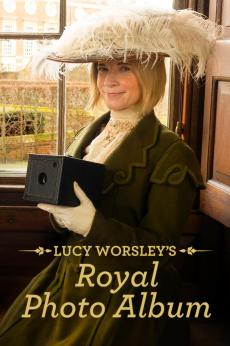
Lucy Worsley's Royal Photo Album
History
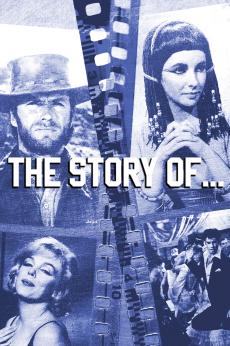
The Story Of...
History
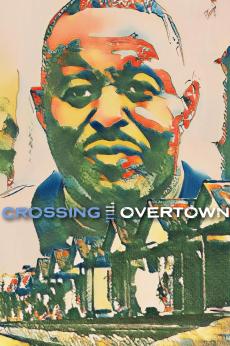
Crossing Overtown
History
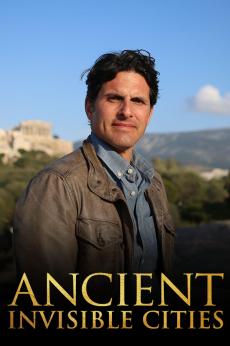
Ancient Invisible Cities
History
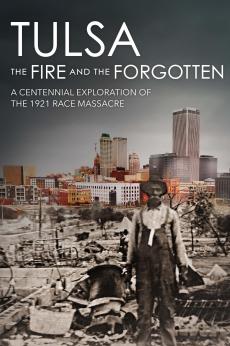
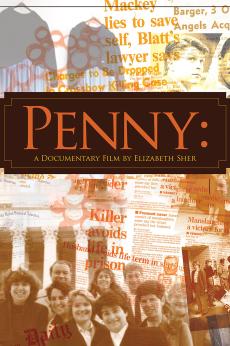
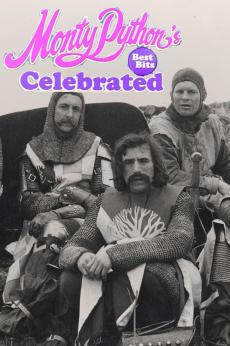
Monty Python: A Celebration
History
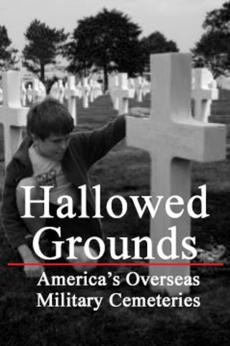
Hallowed Grounds
History
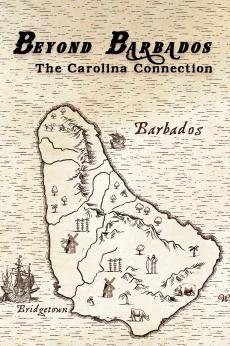
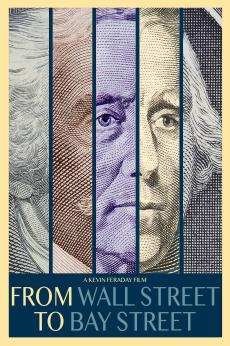
From Wall Street to Bay Street
History